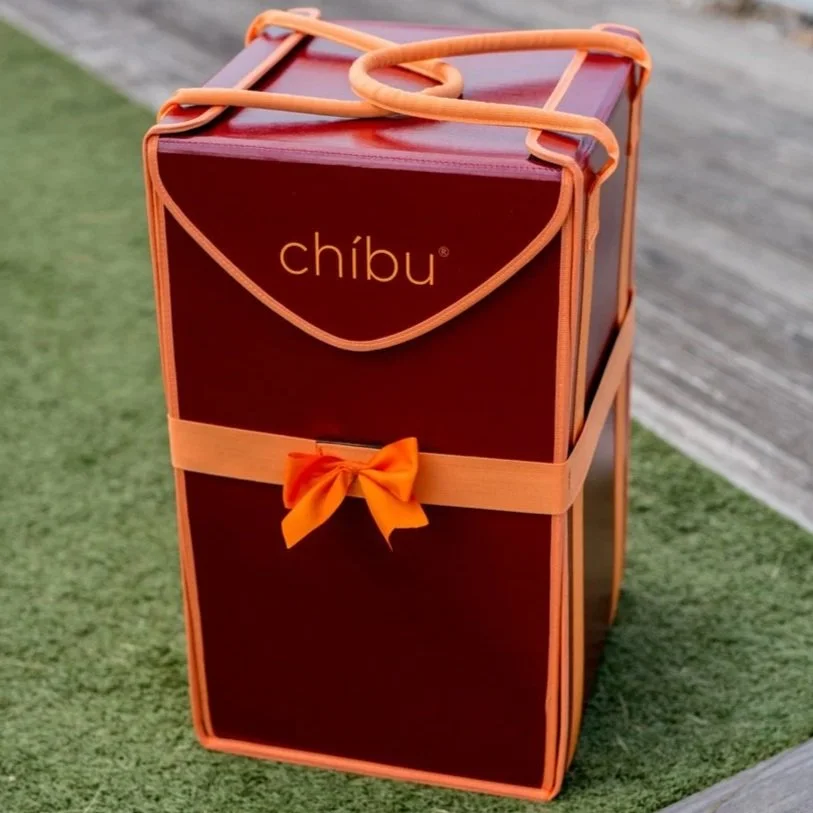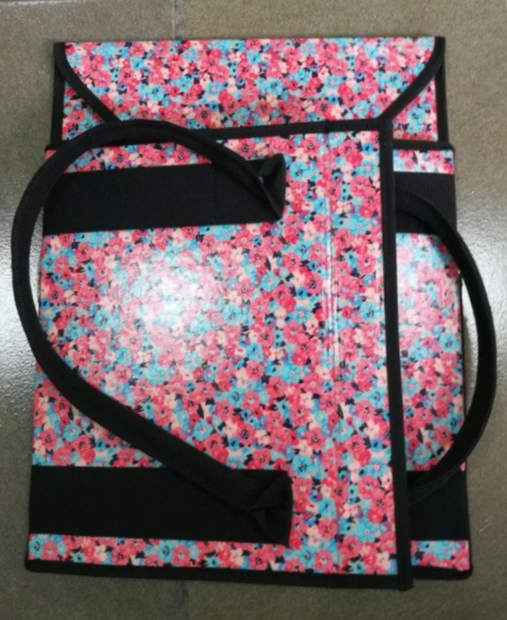How to Choose the Right Cake Carrier
Patience Nwodu
Transporting cakes can feel like the most nerve-wracking part of baking. You might bake the most beautiful tiered cake, only for it to wobble, get damaged, or arrive looking scruffy because of a poor carrier. A good cake carrier isn’t just “nice to have”, it is essential. Below are key factors to look for, and how Chibu’s designs respond to each point.
1. Size, Height & Weight Capacity
What to look for: The carrier should be big enough for your tallest cake plus a little headroom for decorations (e.g. flowers, toppers). It should also have a robust weight capacity so it doesn’t sag.
How Chibu handles this:
Out Tobechukwu model is designed especially for tall cakes — 14 × 14 × 25 inches and can carry up to 25 kg.
Other models (e.g. Onyekachi: 12 × 12 × 18 inches) handle hefty loads of up to 15 kg.
Smaller models (Oluchi, Chizara) are offered for lighter or single-tier deliveries, still within robust limits.
If your standard cakes are 8–12", you don’t need a giant tower carrier all the time. But having a “tall” option for weddings or stacked cakes is wise.
2. Stability & Internal Support
What to look for: The carrier should prevent sliding, shifting, or tilting mid-drive. Good models include internal anchoring, slip-resistant bases, or side protection.
How Chibu handles this:
Chibu uses quick Velcro fastenings so you can open the carrier from all sides, making it easy to load and unload cakes without tilting or lifting awkwardly.
The flat-pack design keeps its structure when assembled, thanks to the durable, wipeable cotton material that holds its shape and resists sagging under the weight of a cake.
The carrier is constructed with food-safe, wipeable oil-cloth finish, which also means surfaces inside are smooth and cleaned easily (so fewer catches or snags).
While no carrier can fully negate bad braking or sharp turns, with features like those above you get much more margin for error.
3. Ease of Use: Access & Setup
What to look for: You want to load and unload quickly, especially when time is tight. A cumbersome carrier that’s hard to open, disassemble, or store will slow you down.
How Chibu handles this:
Chibu carriers are flat-pack (fold away when not in use) — useful for storage or when your van is crowded.
The Velcro fastenings allow you to slide cakes in/out safely or open all sides.
They emphasize fast, practical assembly (just seconds) in their marketing.
If you deliver many cakes a day, that time saved adds up.
4. Material, Durability & Cleanability
What to look for: The material should be food-safe, durable (to resist bending, tearing, or warping), easy to wipe clean, and ideally reusable.
How Chibu handles this:
Made from sustainable, renewable cotton canvas with a food-safe, wipeable oil-cloth finish.
Chibu markets itself as reusable, sturdy, and built to last.
The surfaces (inside and out) are designed to be wiped down after use (no tearing apart or laundering needed).
If you pick a flimsy plastic or cardboard alternative, you may end up replacing it frequently — something Chibu seeks to avoid.
5. Presentation & Branding
What to look for: Your carrier is the first thing clients see when you deliver. A clean, well-designed carrier can elevate your brand, whereas a scruffy one can hurt first impressions.
How Chibu handles this:
Chibu emphasises clean, minimal styling that “makes delivery part of your brand.”
The materials and finishes look professional and high quality (not cheap or flimsy).
Because it's reusable, clients may see many deliveries with consistent appearance — reinforcing professionalism over repeat jobs.
When choosing a carrier, don’t treat it as hidden gear — it’s part of your face to clients.
6. Versatility & Extras
What to look for: The more situations a carrier can handle (tall cakes, cupcakes, desserts, even wine or goods), the more value you get. Bonus features like insulation or pockets are nice.
How Chibu handles this:
Chibu carriers are often pitched as versatile — transporting tiered cakes, cupcakes, desserts, or even wine.
Some models include inner mesh pockets ideal for holding dry ice or small accessories.
Tobechukwu includes insulation in its build.
The wide size range across models means you can pick a carrier tailored to the task (small job vs big job).
If your carrier is rigid and single use, you’ll find many edge cases where it doesn’t work. Versatility helps cover more ground.
7. Cost vs Long-Term Value
What to look for: A carrier may cost more up front, but if it lasts, protects your work, saves time, and helps branding, it can more than pay for itself.
How Chibu handles this:
Chibu’s blog argues that investing in a professional carrier saves stress, cuts waste (no disposable boxes), and supports your workflow.
Because the units are reusable and built for durability, the cost per use over time can be low.
You skip the cycle of constantly replacing broken boxes or dealing with last-minute container scrambles.
If you bake part-time, you may want something more affordable; but for professionals, it’s more about lifetime value than upfront cost.
Final Thoughts
Choosing the right cake carrier is more than just picking something that “sort of fits.” You’d want a tool that supports, and enhances, your baking business or hobby. Chibu’s carriers tick many of the boxes: smart size options (including tall cakes), durable and wipeable materials, ease of use with flat packaging and Velcro access, and a professional look that helps your brand.
If you run a bakery or deliver cakes often, investing in a high-quality carrier like Chibu can pay off in fewer delivery nightmares, faster workflows, and stronger client impressions. But even if you're occasional, knowing what features matter gives you much better choices.
- Patience


